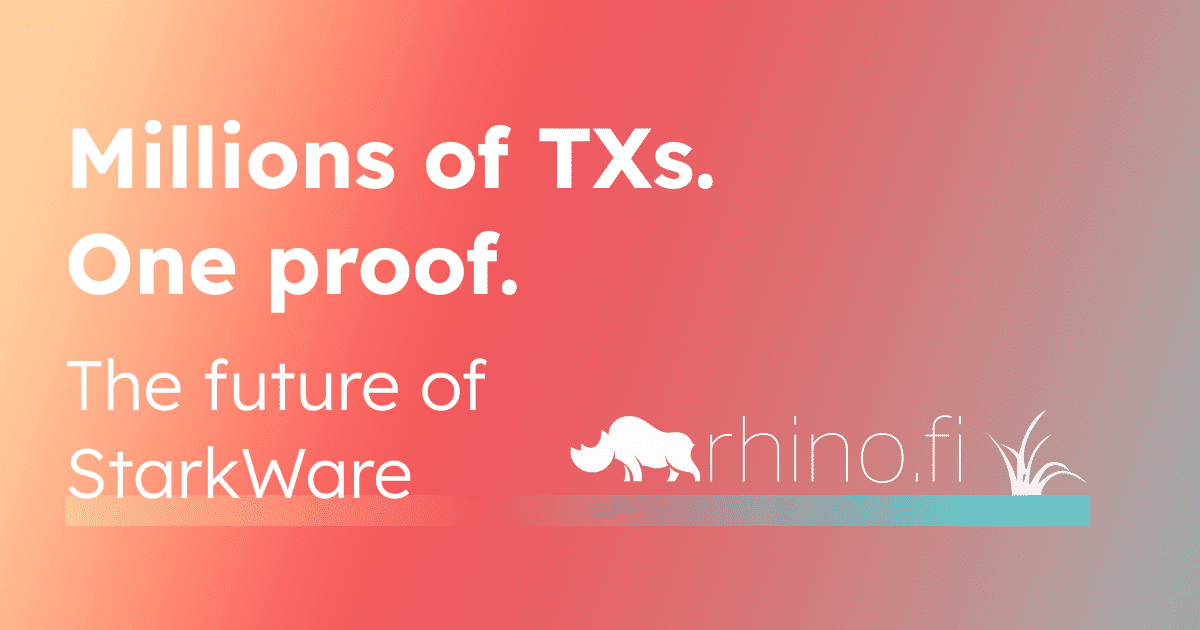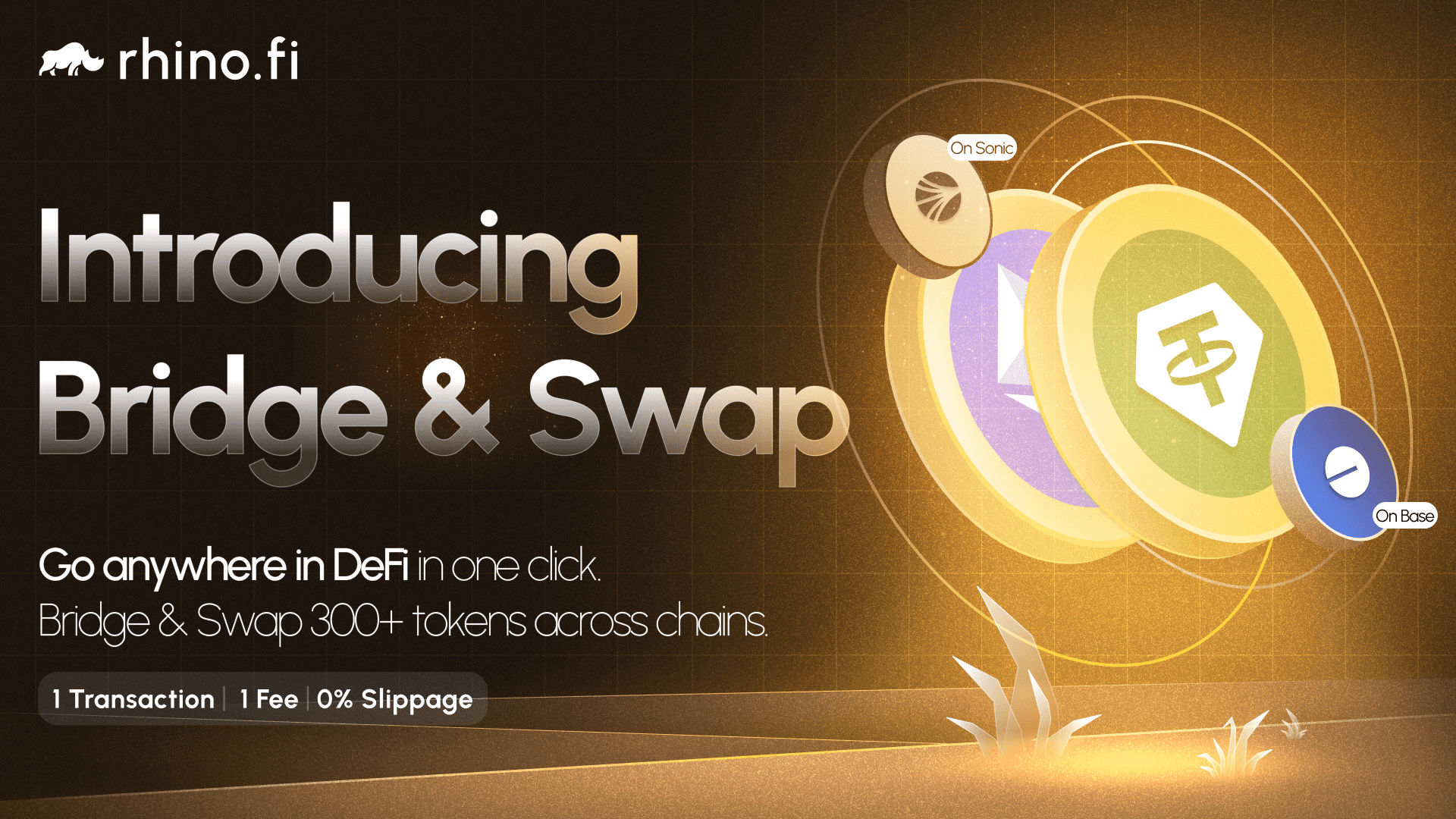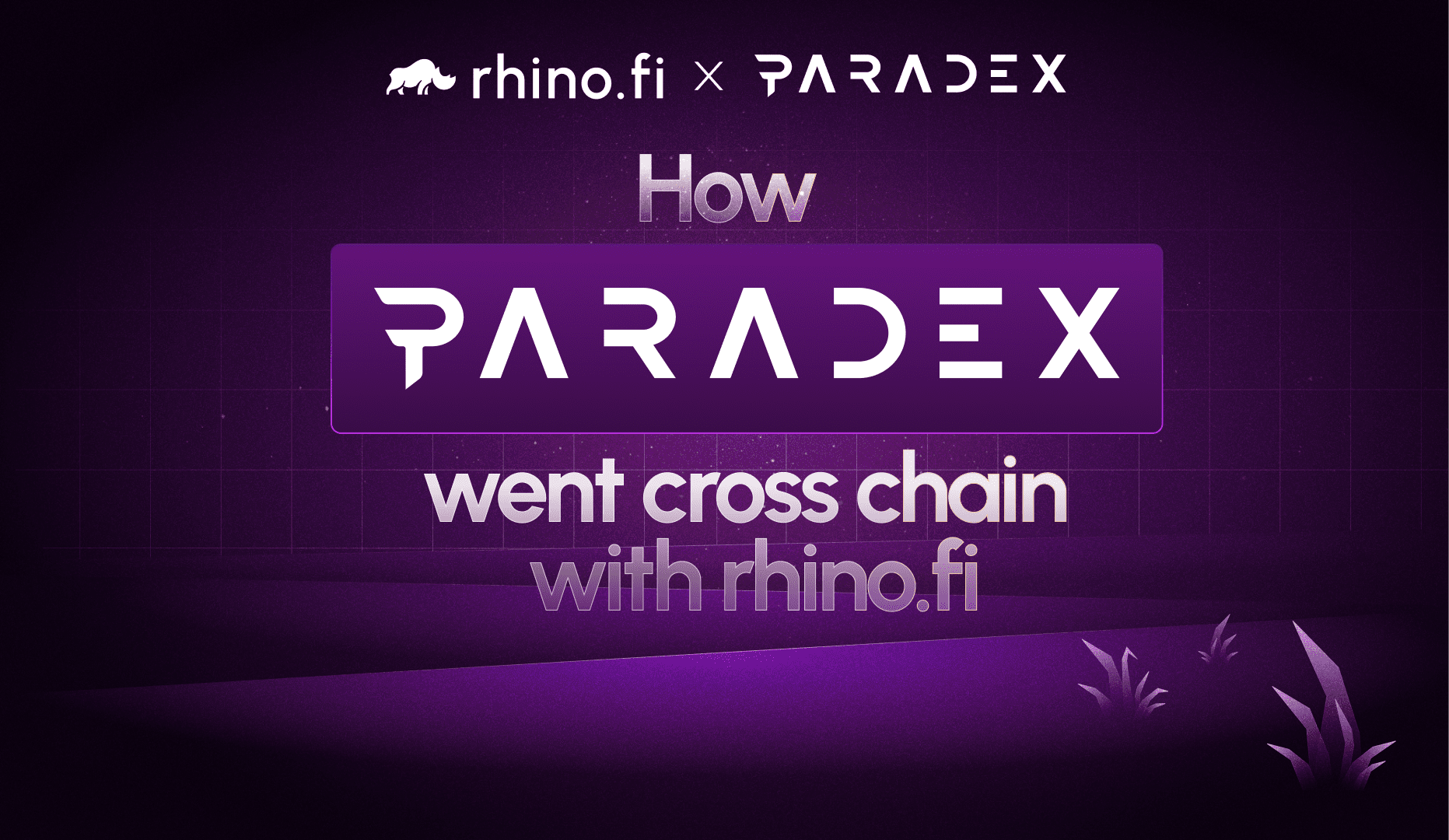StarkWare is aiming to dramatically increase StarkNet capacity this year and hopes its permissionless, zero knowledge (ZK)-rollups will soon be able to pack millions of transactions into a single proof.
Eli Ben-Sasson, the President and co-founder of StarkWare, revealed the target during a Twitter Space panel discussion with Robbie Ferguson, co-founder of web3 gaming platform ImmutableX; Rohit Goyal, co-founder and grandmaster of JediSwap and Mudrex; and Ross Middleton, co-founder of rhino.fi.
Both JediSwap and Immutable work with StarkNet and its companion StarkEx, StarkWare’s scalability engine for the rapid validation of off-chain transactions. During our call, the panel discussed each project’s upcoming focus areas for the technology, focusing on topics such as:
- Starkware’s plans to increase StarkNet throughput and decentralisation;
- ImmutableX’s StarkNet expansion, designed to increase flexibility for projects to use smart contracts, as well as launching Layer 3 bridges to enable composability and additional scaling;
- JediSwap’s lead role in StarkNet AMM design, StarkNet governance and StarkNet DAO tooling.
If you want to listen to the audio rather than reading the full catch-up, click below (the call begins at 04:30).
‘We were aiming for 10x Ethereum TPS – we’ll get there’
Despite Ethereum’s adoption of proof-of-stake validation, the blockchain’s transaction throughput capacity continues to lag demand, an inevitable by-product of its consensus validation mechanism.
StarkNet and StarkEx provide a solution to this scalability challenge by taking transactions ‘off-chain’ and proving them far more quickly than is possible on Ethereum. As StarkWare researcher Gal Ron recently explained, Ethereum requires all nodes to re-run all transactions, because there’s no way to trust that everyone else is behaving with integrity; StarkWare’s zero-knowledge technology, which enables validation engines to prove their integrity by solving complex mathematical problems, bridges this trust gap.
However, as StarkEx and StarkNet gain popularity, the developers need to make it even faster. And during our TwitterSpace, Eli said his team’s biggest current priority is achieving even more transactions per second (TPS).
“The proving technology can [already] support millions of transactions per proof and many proofs within a day, so it already scales very well.
“But one of the bottlenecks that will hopefully be dramatically improved over the next two to three months is that of the sequencer, which is the entity that basically processes transactions one after the other.
“I don’t want to share any numbers till everything is checked, but if I had to share, I would say that back in the day, we said that we were aiming for at least 10x TPS of the rate of Ethereum. And at a cost that is either one-tenth, or one-hundredth that of Ethereum.
“I’m very confident we’re going to reach at least that… let’s say, hopefully…. by summer, maybe even before that.”
Much of the focus will fall on recursive proofs. These essentially multiply StarkNet & StarkEx’s capacity/throughput by rolling up several proofs – which already roll up tens or even hundreds of thousands of transactions themselves – into another proof.
Eli added that this technology is already approaching production-readiness, saying: “I think we saw previously that we packed batches of 600,000 NFT mints. I think by now we can probably scale it up to a few million mints into a single proof.”
Ultimately, Eli says he and his team would love to break the TPS record. “We already hold a world record on packing NFTs inside a single block of Ethereum. But we’re happy to try and break it again!”
‘It’s getting safer all the time’
Speed, as many readers will know, is just one corner of the blockchain trilemma, the oft-cited triangle of challenges cited by Ethereum architect Vitalik Buterin.
The other key factors in the trilemma are decentralisation and security. As Vitalik himself noted, it is extremely difficult to meet all three of these needs at the same time.
However, Eli said he and his team are working to enshrine all three of these factors in their upgrades.
Decentralisation is a key part of the roadmap, particularly around the sequencer and proving software. As revealed earlier this month, StarkWare has already announced that its prover will be made available open-source; by the end of the year, Eli noted, more detailed plans will be published.
He added: “We initially started the system with 80 bits of security, which is what Ethereum has, and we recently increased it to 96. We’ll also have bug bounties to further focus people on studying the soundness and security of our systems.
“And by the time StarkNext is decentralised, we’ll probably bump up the level of security by a few more bits, to make it even safer.”
‘Users will be able to build games with a wallet experience’
Turning to Immutable, Robbie noted that one of the trade-offs of StarkEx is a lack of smart contract capability and the ability to add more complex functionality, which is a particular issue for gaming projects.
The Immutable team, he said, are going to meet this challenge by expanding on StarkNet, which is going to be “extremely exciting in terms of general smart contract compatibility, the ability to write complex logic, and all of what that opens up in terms of DeFi, indexes and opportunities.”
However, Robbie added that he doesn’t think a single Layer 2, like StarkNet, will be sufficient for scaling on its own. In fact, Layer 3 – the application layer that hosts decentralised protocols – will be crucial.
“What we think is going to happen is there’ll be, for instance, on StarkNet hundreds and hundreds of layer 3s, which are all rolling up to this scaling environment. And that will be completely necessary.
“Because even one large game alone, like Fortnite, will be soaking up 10,000 TPS – that sort of theoretical maximum of what we can be achieving here in production.
“And one of our infrastructure [challenges] is… how do we make sure that doesn’t just create 300 different fractured silos of liquidity, but instead, users can trade freely between them with the same currencies, and they can transact no matter what?
“Our goal is sort of to build this cross-rollup liquidity piece for all these L3s, say, being built on StarkNet. On the hardcore tech and infrastructure sides, this is what we’re excited about building.”
Another key issue, Robbie suggested, was the continued knowledge gap that surrounds smart contracts, and the need to make it easier for game developers to build.
“Our big theory is that, ultimately, 10% of customers at most are going to want to touch smart contracts at all, no matter how good we make the language on this stuff.
“Ultimately, most businesses will just want to use Stripe-like APIs, to create real economies for creating game assets for tokenising, finance….. and obviously, a big [question] is ‘how do we take the $200 million spent on in-game items every year, and make it into real tradable assets that players are empowered to own?’
“For us, this is about continuing to invest in developer tooling. So that when people want to come and build on StarkNet, they can do it through Immutable’s platform.
If you’re a game developer, you can build incredibly easily with API’s. And you could do so with a wallet experience. That means users can onboard frictionlessly.”
In this vein, Immutable has just launched Passport, the first wallet that is self-custodial, enables users to sign in with an email and allows complete interoperability between different games.
The long-term goal is “not just to build across a single instance, but also be able to, for instance, offer custom L3s on StarkNet to individual games as required. We view the future of scaling as being that games will often want their own sort of environment to build on, with a high degree of control.”
‘It needs to be super-easy, super-cheap and super-secure’
JediSwap, meanwhile, has already launched the first automated market maker on StarkNet to enable instantaneous swapping of assets with almost 0% gas fee. Now, looking ahead, Rohit says the focus for innovation is two-fold.
“We are focusing on both the DeFi side and the organisational, DAO side. So on the DeFi side, like from day one, the mission for the community has been ‘how do we make it easy?’ ‘How do we make it accessible to every single person on the planet?’ The only way to do that is by making it super-easy, super-cheap and super-secure to use.”
For JediSwap V2, Rohit and his team are working on a whole bunch of DEX designs, including variants inspired by UniSwap V2 and V3 and a model based on CowSwap which fills trades with auctions.
In parallel, the developers are working with a number of DeFi apps that are also building on StarkNet.
“Today we are already working with 25-plus teams who are building different kinds of applications on top of JediSwap, or using JediSwap in some ways, and working on partnerships like, for example, working with wallets like Argent and different wallets which are going to go live, probably, in the coming months.”
JediSwap is also taking the lead on building governance tools for the StarkNet ecosystem. Instead of just copy-pasting existing tools, the Jedi team is working with ecosystem partners to develop fresh DAO tooling, built from the ground up. This considered approach seeks to take the learnings from the past five years of DeFi DAOs, and governance, to produce public goods that can be used for all.
Rohit is also taking a leading role in the StarkNet Foundation. Expect more news on that front shortly
____
With zero knowledge technology gathering pace all the time – just last week, it was revealed that Polygon has been exploring the use of ZK technology for its main chain – all this news is highly encouraging. Not only are StarkNet and StarkEx developing apace, but so are the projects that are building on top of it.
Ethereum is making great strides to solving its own scalability challenges, and will continue to do so following the Shanghai upgrade. But the advances being made off-chain are arguably even more essential.





